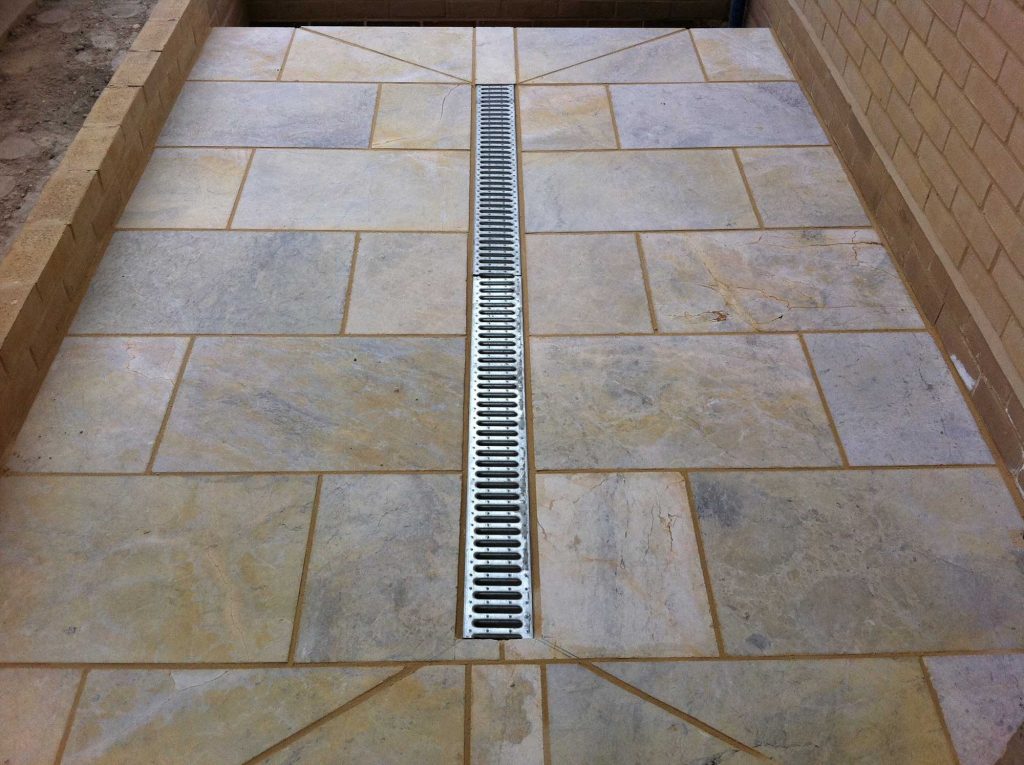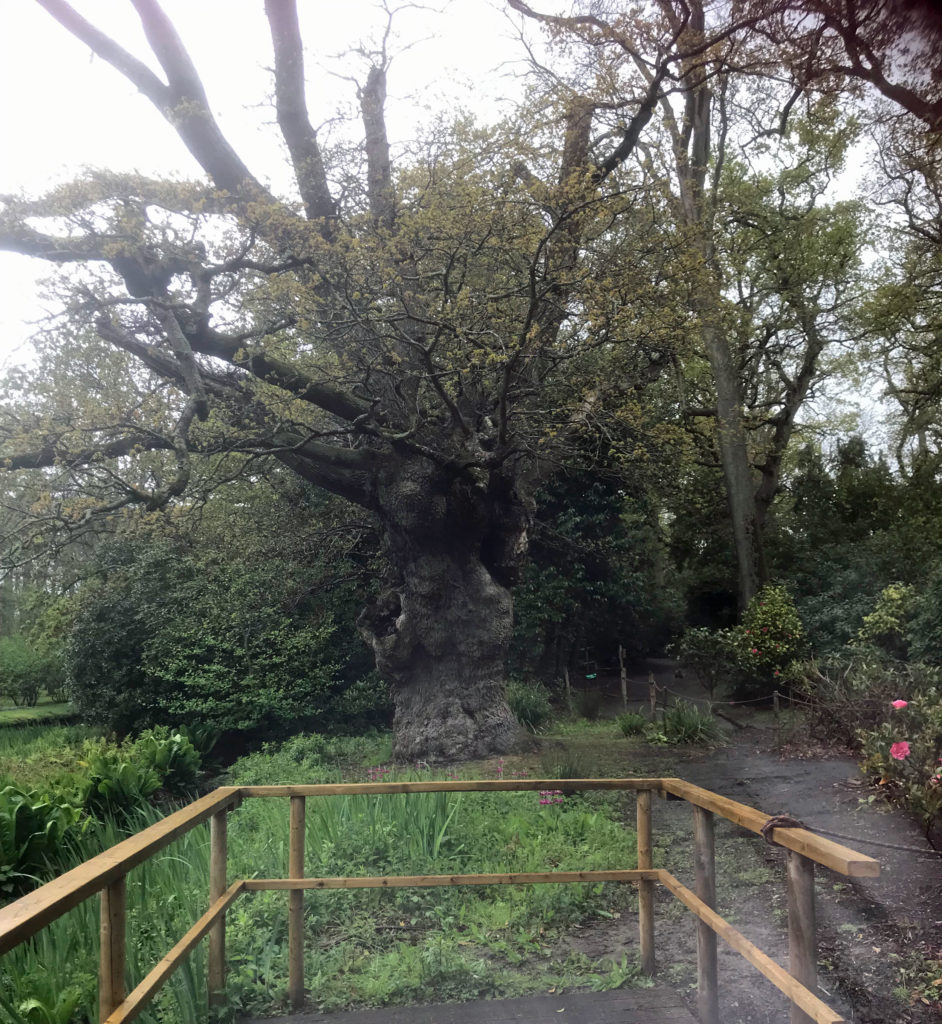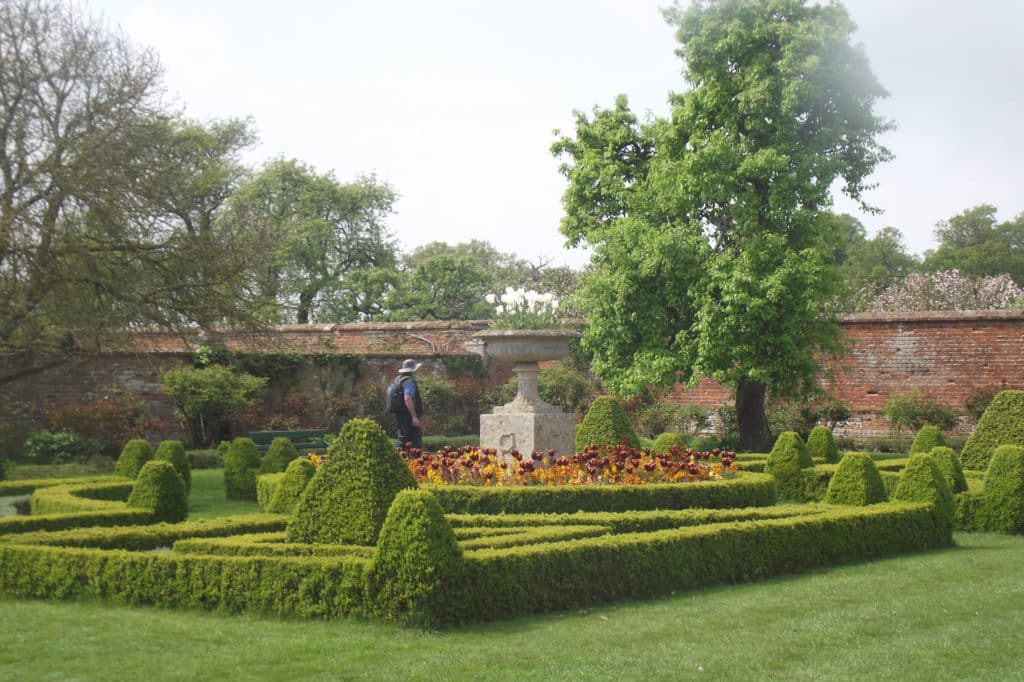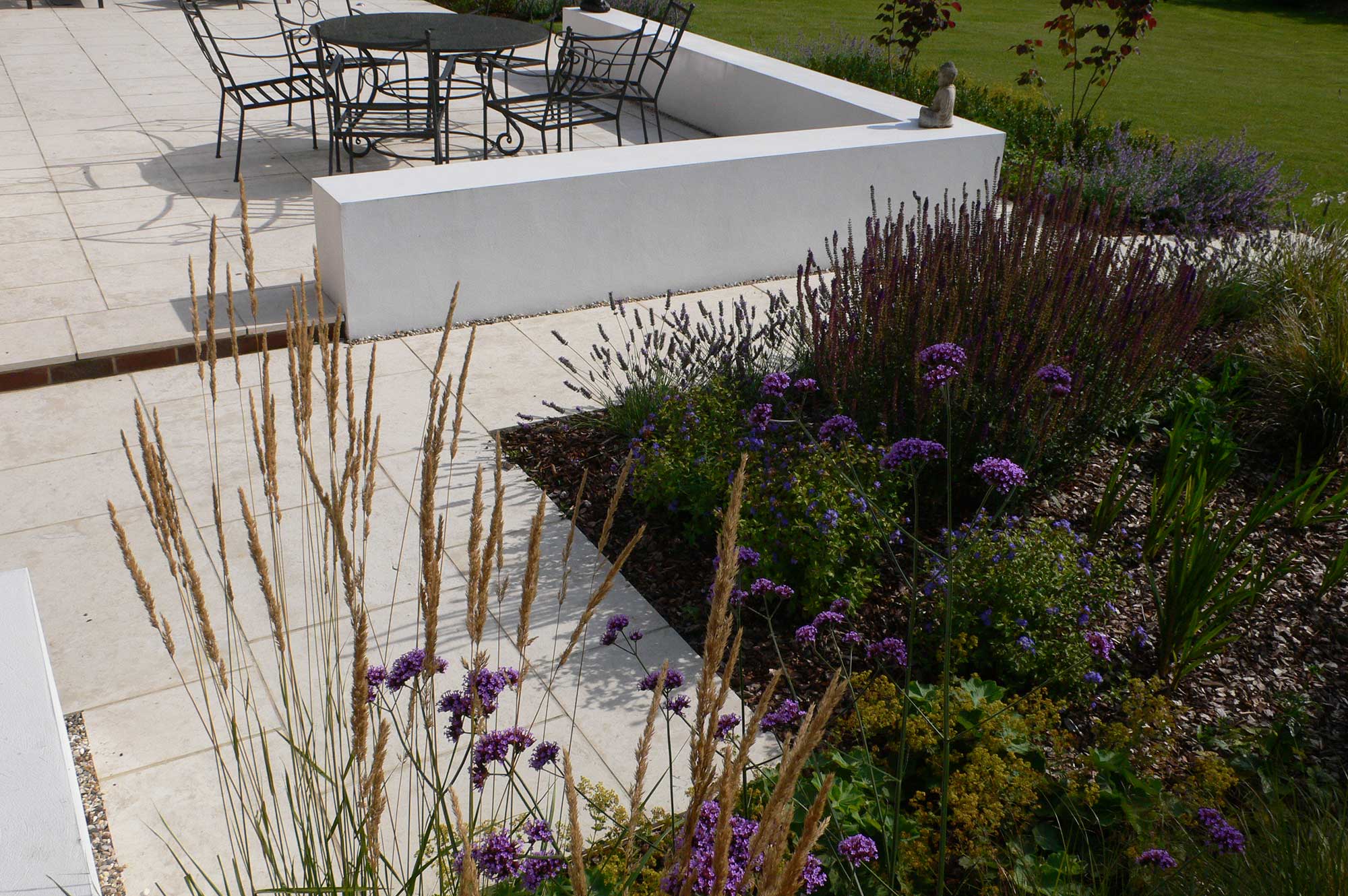13 May How to futureproof your garden and make it last for years
Someone once said “To plant a garden is to believe in the future”. In this blog we’re looking at ways to futureproof your garden so that it lasts your lifetime and beyond.
Over the last few weeks I’ve been lucky enough to visit some well-established gardens. For the most part, I was looking for design inspiration for our sister company Tapestry Design Studios, but I also made a mental note of what it was about those gardens that meant they are still beautiful after decades (and in one case centuries) of use.
Those were quite large gardens, far larger than the average suburban back garden in Essex, but nevertheless, there was a lot to learn from them.
So if you want your garden to last, here are my tips
- Futureproof the design
- Use best Quality materials
- Have the infrastructure installed by experts
- Consider the Ultimate size of trees and plants
- Make maintenance manageable
Futureproof your garden with good garden design
Gardens are like homes. At different stages of your life, your outdoor space will serve different purposes. Thinking of my parents’ garden,over the years it’s been
- A toddler play area
- Footie practice area
- Revision space for teenagers
- Vegetable growing area
- Providing beautiful views from the window
- Peaceful retreat
- Outdoor entertaining space
- Toddler play area – but this time for Grandchildren
Good garden design takes changing lifestyles in its stride. The basic infrastructure of your garden can be permanent, but some features can be adapted over time. For example, what starts out as a childrens’ sand pit could become a water feature or a planter.
This small urban back garden has been subtly futureproofed.
Neutral coloured paving and easy to manage planting surrounds a child friendly play space which leads to a relaxing arbour
Moveable details can be changed as often as you like. Furniture can of course be updated to suit current trends, while planting and colour schemes can be updated several times during the garden’s lifetime.
Little things make big differences as life changes. For example, designing a garden with wide paths means they won’t need to be changed to accommodate prams or mobility aids in the future.
Use best quality materials
If you want to futureproof your garden so that it lasts for decades, it pays to make sure you use the best quality materials you can afford. It’s also wise to make sure you will also able to look after them. If you will struggle to maintain a hardwood deck in 10 years time, opt for paving instead. Don’t want to be mowing the lawn when you’re 86? Make sure your garden designer bears this in mind.
It’s crucial that you avoid poor quality products that could rot, flake or disintegrate over time. They may seem like good value when you buy them but will they still look good in 20 years time? And what will it cost to replace them? I’m not just talking money here, I’m talking environmental costs to say nothing of the disruption to your life whilst work is carried out.
Try to think ahead too – fossil fueled cars will be off the road in the next few decades. Does your garden need to include a charging station for an electric car? Do you want to include technology like solar panels? or water saving irrigation systems? Having these features installed while the garden is being built will save a lot of hassle further down the line.

Little details like this will help to futureproof your garden.
By ensuring good drainage to this paved area, algae will be kept at bay and the area will be less likely to become a slip hazzard
Have the infrastructure installed by experts
Speaking of work, building a futureproofed garden is a skilled job. Trained landscapers who care about their work are akin to the civil engineers who build our roads and bridges (except that we work on a smaller scale).
Unfortunately, there are traders out there who call themselves landscapers but don’t fully understand some of the basic principles. It’s one thing to have strong arms and an eye for placing plants, it’s quite another to know how to build a sub-base that will stand the test of time. “Bodjit and Run Landscapes” might be able to produce a driveway that looks OK for a couple of years, but when you invest in landscaping, it should bring last for many more years than that.
Planting trees? Think about their ultimate size.
I often plant trees for clients. Sometimes they are there to screen a view. Sometimes they make a statement piece. Whatever the reason for planting a tree, we always advise clients to think how big that tree will be in 5, 10, 20 years-time. A little bit of research before planting means you (or your successor in the garden) is less likely to need to call in the arboricultural team to take the tree down when it gets too big. Ditto for shrubs and some herbaceous plants, although it is easier to cut them down to size.

A case of extreme futureproofing. This enormous oak tree is estimated to be 950 years old. Could the trees you are planting in your garden grow this big?
PS Apologies for the image quality, it was taken on a rainy morning at Fairhaven Gardens in Norfolk.
The oak pre-dates the garden and I think it’s wonderful that back in 1946 when the garden was created, they decided to work around this beautiful plant.
A quick note about plant choices. There are some plants that look spectacular but can be toxic. That’s fine in a garden for sensible adults, but please consider whether in the future those plants could become a danger to small children or pets.
Make maintenance manageable
The gardens I visited are all employed teams of gardeners to keep them in good condition. Which is why, I guess, they encourage paying guests – our entrance fees must subsidise the maintenance costs.
Nobody wants to look out onto an overgrown garden but for people with busy lives it’s difficult to find that balance between garden maintenance and everything else that needs doing.
For your own garden, it’s important to think about how much time and energy you have for gardening, not just now, but in the future too.
You might want to futureproof your garden by designing in features that can adapt as your lifestyle changes. For example, positioning veg beds so that they can become low maintenance flower beds should you find you can’t manage the workload. Or ensuring that your lawn is compatible with robotic mowers so you can automate grass cutting.
Why futureproof your garden if you’re likely to move home?
The wonderful thing about gardens is that they can increase the value of a property or at least speed up a sale. This garden may not be attached to YOUR forever home, but it will still benefit you for longer than you might imagine.
Of course, I’d like to think that every time the occupants of a house changed, the new incumbents would employ me to rebuild the garden – I’d be minted! But actually, I do feel that a garden should be environmentally sustainable. To keep sending all of that stuff to landfill is not good for the planet. So, even if you are creating a garden that you will use for a relatively short time, why not build something that your successors can enjoy too. Sure they might not have the same tastes as you – but by using neutral colours for the permanent features (patios, paths, buildings, etc) the new guardians can keep the layout but change plants, furniture etc to their own tastes.
One of the gardens I visited has been there since the mid-18th century. Wouldn’t it be wonderful to create something that will still be loved in 250 years time? What a legacy.

Parts of the gardens at Helmingham Hall in Suffolk date from 1745. Interesting that clean lines and symmetry were as popular then as they are now.
Some very clever futureproofing from previous generations!
Thinking about futureproofing your garden? Contact Holland Landscapes to discuss your ideas
More articles about futureproofing your garden
Building a sustainable rain garden to cope with wetter weather
Adding value to your property with a landscaped garden
Designing and building low maintenance gardens





Sorry, the comment form is closed at this time.